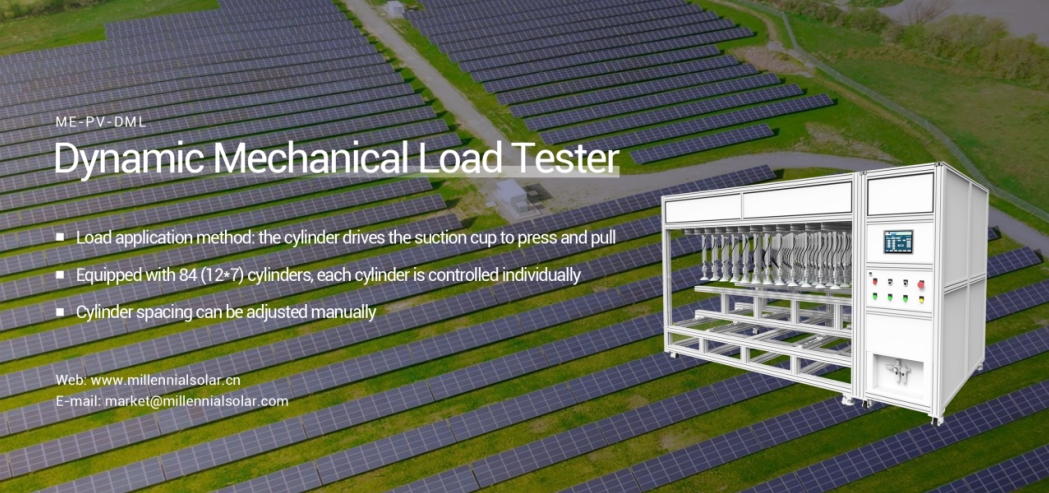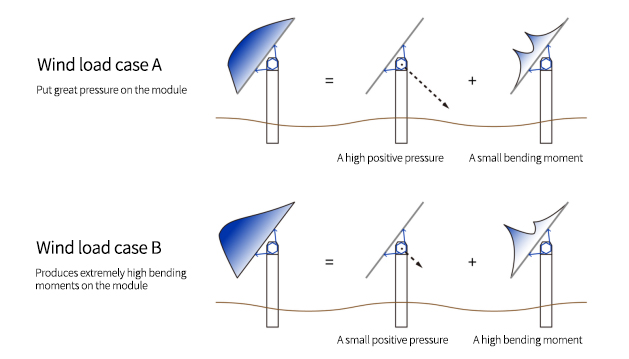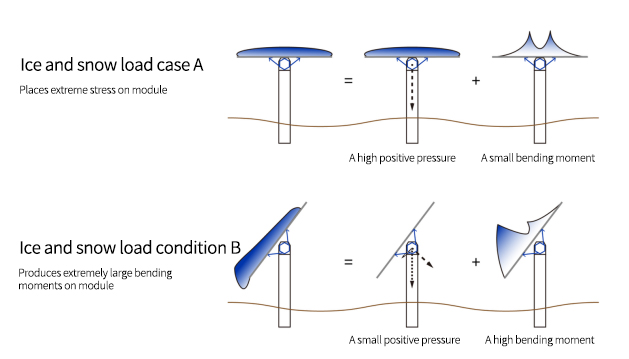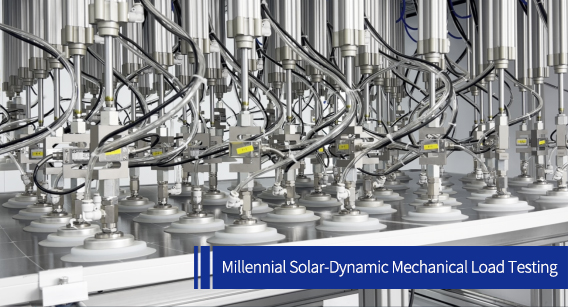
Quantum Efficiency Tester
PL/EL Integrated System
PV-Reflectumeter
3D Confocal Microscope
In-Line Four Point Probe Tester
Four Point Probe Tester
In-Line Thin Film Thickness Tester
Raman Spectrometer
FTIR Spectrometer
Spectrophotometer
Automatic Spectroscopic Ellipsometer
Contact Resistance Tester
Ultra depth of field 3D microscope
Auto Visual Tester
VMM PV Vision Measuring Machine
Solar Cell Horizontal Tensile Tester
Steady State Solar Simulator for Solar Cell
Solar Cell UV Aging Test Chamber
Solar Cell Comprehensive Tensile Tester
Visual Inspection Tester
Wet Leakage Current Tester
PV Module EL Tester
PV Module UV Preconditioning Chamber
Steady State Solar Simulator for PV Module
Current Continuous Monitor
Potential Induced Degradation Test
Bypass Diode Tester
LeTID Test System
Reverse Current Overload Tester
Impulse Voltage Tester
Hipot Insulation Tester
Ground Continuity Tester
Hipot Insulation Ground Tester
Damp Heat Test Chamber
Humidity Freeze Test
Thermal Cycle Test Chamber
Dynamic Mechanical Load Tester
Static Mechanical Load Tester
Hail Impact Tester
Robustness of Termination Tester
Module Breakage Tester
Cut Susceptibility Tester
Peel Shear Strength Tester
Universal Testing Machine (Single-arm)
Universal Testing Machine (Double-arm)
Glass Transmittance Tester
Acetic Acid Test Chamber
EVA Degree of Crosslinking Test System
Junction Box Comprehensive Tester
Drop ball tester
Semi-automatic scanning four-probe tester
Stylus Profilometer
Maximum Power Point Tracker
Perovskite Glass Transmittance Tester
Perovskite P1 Laser Scribing Multifunctional Testing Machine
Perovskite Online PL Tester
Perovskite Online Sheet Resistance Tester
Online Perovskite Film Thickness Tester
Perovskite Process Inspection Workstation
Portable IV Curve Tester
Portable EL Tester
Portable Thermal Imaging Tester
Solar Module Multi-Channel Testing System
PV Inverter Power Quality Tester
Drone EL Tester
IV Tester
IVEL Cell Sorting Machine
Mechanical Load Test Simulates Wind Pressure and Impact Resistance
Date : 2024-05-17Views : 285
The trend of increasing the power and size of photovoltaic modules has become a trend. The modules will be subject to pressure from wind, snow, ice, etc. If the strength of the module does not meet the requirements, it will deform too much under pressure and may fail. Dynamic Mechanical Load Tester is widely used in structural design and evaluation. It simulates external forces under actual conditions through mechanical stress, and evaluates the ability of photovoltaic modules to resist wind pressure and impact in the natural environment, as well as the stability of the structure.

In the IEC standard, which is a common standard for photovoltaic module performance and safety testing in laboratory testing, mechanical load testing is specified in detail. For example, IEC TS 62782 is used to evaluate the ability of photovoltaic modules to withstand dynamic wind pressure, and the mechanical load test of MQT16 in IEC61215.
Wind load
It is not uncommon for photovoltaic modules to be damaged by strong winds during actual use. Although the effect of wind load is not as strong as other natural disasters, wind load acts frequently and is affected by the external environment and structural form. It is not easy to determine, which has a negative impact on photovoltaic modules. The harm produced is much greater. In photovoltaic power generation systems, photovoltaic modules are the first to bear wind load, occupying most of the force-bearing area, and then transferred to the basic structure (foundation, counterweight, etc.).

different wind loads produce two different forces on module
Ice and snow load
Heavy accumulation of ice and snow on component surfaces can cause stress. Mechanical load testing is used to evaluate the ability of photovoltaic modules to withstand pressure when encountering heavy snowfall, so as to more effectively avoid module failures caused by snow pressure, such as frame bending or breakage, uneven back glass cracks, and partial or complete installation systems. Disintegration etc.

different ice and snow loads produce two different forces on module
Mechanical load test
Before photovoltaic modules are put into field use, in order to avoid various faults and failures, it is necessary to ensure that the structure, materials, and production processes of the photovoltaic modules are reasonable and undergo a series of climate, light, electrical, and mechanical stress tests.
The mechanical stress test includes static and dynamic mechanical load tests, terminal strength tests and hail impact tests.
Static mechanical load, IEC61215 requires it to be at least 1.5 times the design load. By applying a certain load and measuring the displacement, stress and other parameters of the module, the maximum load-bearing capacity and deformation characteristics of the module can be determined. This is very important for designing and selecting modules suitable for specific application scenarios to ensure that they can safely and reliably withstand external mechanical loads in actual work.
Dynamic mechanical load refers to the shaking of the front and rear surfaces of the module under the action of strong winds, which causes the module to undergo alternating pressure in the forward and reverse directions, thereby accelerating material fatigue and possibly causing the failure of fragile parts. Key factors affecting strength include module size, thickness, surface treatment, frame stability, installation method and mechanical reliability of welding points. The test helps evaluate the fatigue resistance of the module and the durability of the material, improving quality levels.

The mechanical load test in the existing standards mainly simulates the static load of the module and assesses whether the module is reliable under static and constant pressure. Dynamic mechanical load is more demanding than static mechanical load and can more objectively and comprehensively reflect the true reliability of the module. It is an excellent tool for manufacturers to measure the wind resistance of photovoltaic modules.

Comparison of EL images of unqualified modules before (left) and after (right) the dynamic mechanical load test
Dynamic Mechanical Load Tester

E-mail: market@millennialsolar.com
Dynamic Mechanical Load Tester has two test functions: static mechanical load test and dynamic mechanical load test. It tests the module's ability to withstand static and dynamic loads such as wind, snow, or ice. Dynamic pressure holding technology simulates the module to withstand alternating pressure tests in forward and reverse directions, accelerates module material fatigue, and tests the module's true reliability.
Load application method: the cylinder drives the suction cup to press and pull;
Equipped with 84 (12*7) cylinders, each cylinder is controlled individually;
Test system pressure, tension, holding time, cycle test, cycle frequency, and current values can be preset;
The testing system can record and store forward pressure, reverse pressure, deformation, temperature, number of cycles, and current values during the testing process.

































































